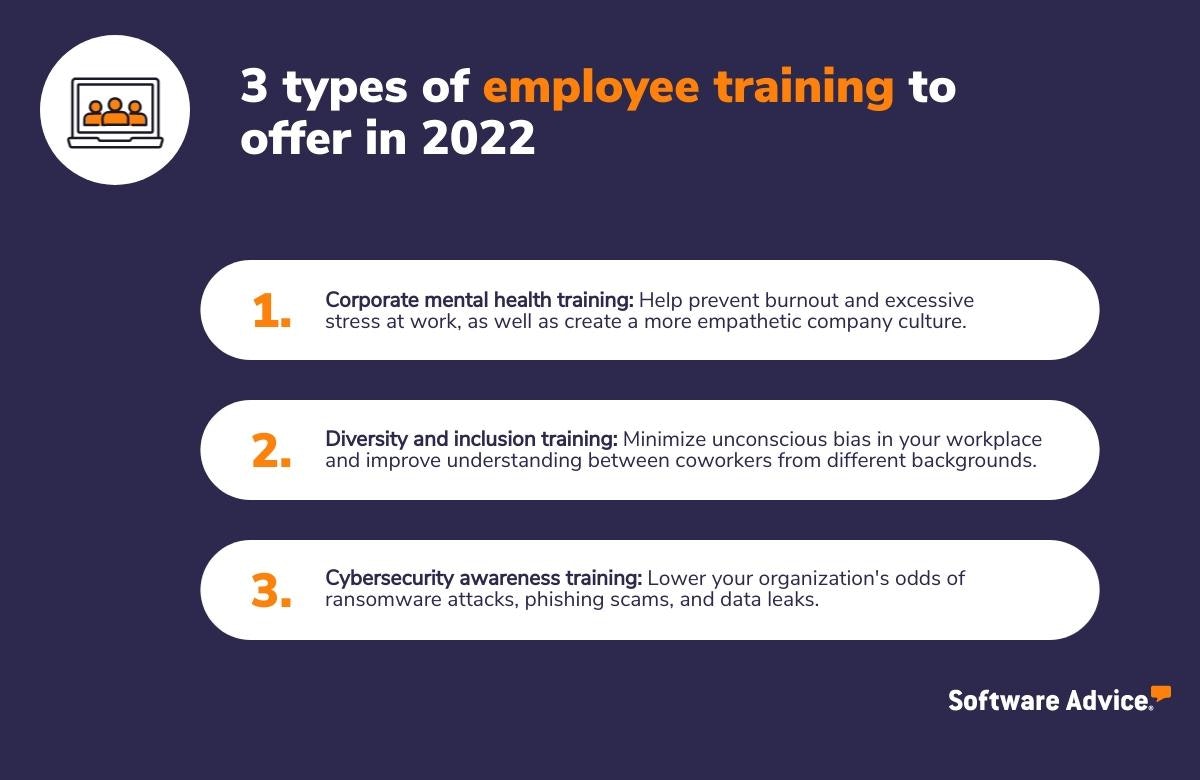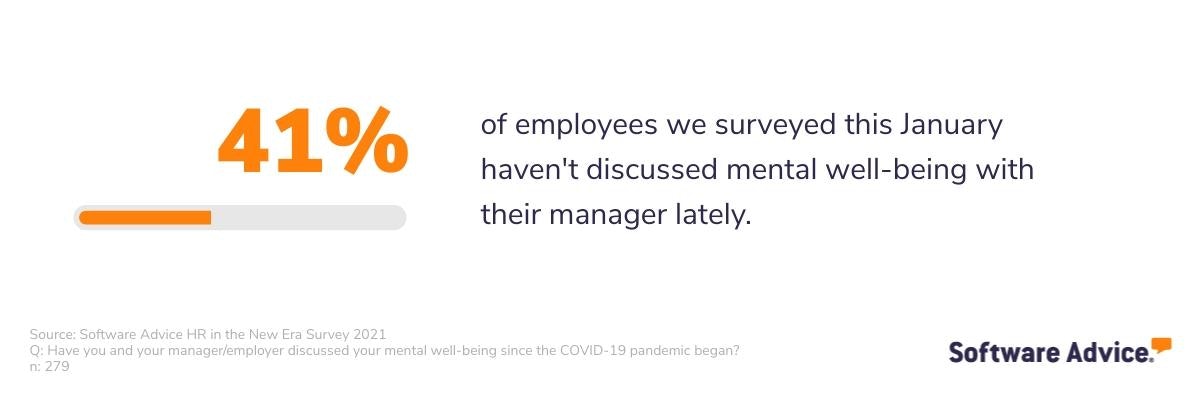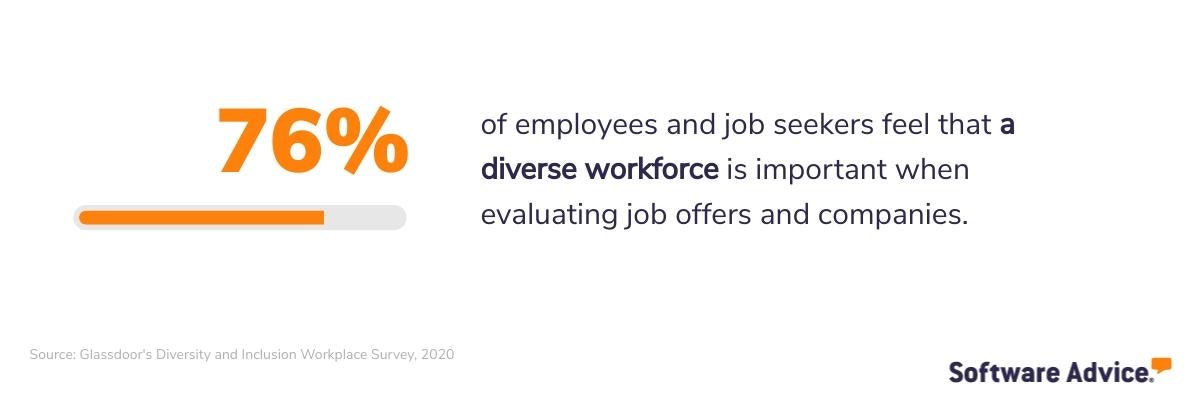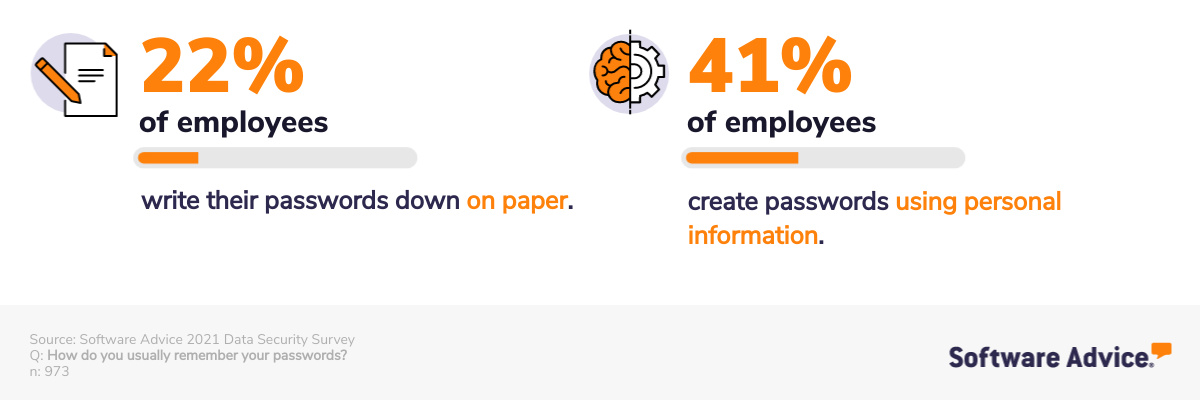3 Types of Employee Training to Offer in 2022
As an HR leader, you know that training needs are constantly shifting. One year, you may need to focus on building technical skills, and the next you might shift your attention to leadership and managerial training.
All this to say, building the next year’s training plan is like aiming for a moving target. Lucky for you, we’ve done our research and identified three kinds of employee training that every business can benefit from offering next year.
So, get ready to take some notes because we’ve included everything you need to build a business case for offering these employee trainings, as well as some initial steps you can take to deploy them.

1. Corporate mental health training
When done well, corporate mental health training reduces the stigma surrounding mental illnesses and teaches your employees to recognize the warning signs of serious issues. Mental health training can also be delivered in the form of resilience training, which focuses on recognizing and preventing burnout and excessive stress at work.
According to the World Health Organization, depression and anxiety disorders alone cost the global economy $1 trillion a year in lost productivity. That means that in addition to helping keep your workforce healthy and engaged, rolling out a mental health training program can protect your business from lost productivity.
This is especially apparent when you consider that more than one in every five (20.6%) U.S. adults are living with a diagnosable mental illness, and that number is even higher among women (24.5%), Gen Z’ers (29.4%), and individuals with a mixed racial identity (31.7%).
Knowing that mental illness potentially affects a fifth of your workforce or more, it’s imperative to create a culture that’s supportive and understanding of mental health struggles. Without professional training, though, it can be a challenge to know how to start the conversation.

Click here to learn more about our survey methodology
Next steps for deploying a mental health employee training program:
First, decide whether you’ll be training your entire workforce or just select groups. Keep in mind that while everyone can benefit from this type of workplace training, it’s especially helpful for individuals who have public-facing or caretaking roles, such as healthcare professionals, social workers, teachers, and people managers.
Then, determine whether in-house or external training makes the most sense for your organization. In most cases, the latter is preferable because it is rare that there is someone already qualified to develop and lead a mental health training within your workplace.
Lastly, check out these organizations that offer corporate mental health training:
You may like: “How To Support Mental Health in the Workplace”
2. Diversity and inclusion (D&I) training
Diversity is a topic that’s been covered a lot lately, and the reason why is simple: A majority of employees want their workplace culture to be more diverse. A study conducted by Glassdoor last year found that more than half (57%) of employees think their companies should be more diverse.

But in order to recruit diverse talent, you need a company culture that’s attractive to diverse candidates, which is where diversity training can help. Plus, diversity training can also help your organization avoid losing existing employees; Glassdoor’s survey revealed that 41% of employees have quit a job after witnessing or experiencing discrimination at work.
There are several different types of employee training programs that focus on diversity and inclusion including awareness training, soft skills training, and diversity audit training.
Awareness training: Awareness training builds employees’ understanding of and sensitivity towards each other’s differences, whether it be racial, sexual, cultural, or otherwise. With awareness training, employees are encouraged to uplift underrepresented people in their organization and to take a stand against discrimination or harassment.
Skills-based diversity training: Skills-based diversity training provides employees with the soft skills needed to improve their communication and collaboration with coworkers who are different from them. This type of training teaches employees skills such as conflict resolution and team-building, as well as how to minimize unconscious bias during interactions with others (such as performance evaluations or interviews).
Diversity audit training: A diversity audit is conducted by HR to identify discrimination of any kind occurring in the workplace. Through data collection and consultations with employees, diversity audits provide a holistic view of diversity, equality, and inclusion at your workplace, allowing you to make better decisions about the future of your workforce. However, these audits can be a complex task for HR, so proper training is recommended before attempting to conduct one.
Next steps for deploying a diversity and inclusion training program:
Start by deciding what kind of training makes the most sense for your organization. If diversity training hasn’t been offered to your employees before, you should start with awareness training, but if you’ve already covered some ground, then skills-based training might be a better option. Additionally, if you feel that a diversity audit could benefit your workplace’s D&I goals, start building the business case for a diversity audit training session for your HR team.
Next, check out these award-winning diversity trainings:
Compliance Training Group: Diversity & Inclusion in the Workplace Training
Udemy: (Diversity Audit Training) How to Implement a Workplace Diversity and Inclusion Program
You may like:
3. Cybersecurity awareness training
In our increasingly digital world, the concept of cybersecurity is more relevant than ever. And while most businesses (69%) offer some kind of security awareness training, the risks of data leaks, security breaches, ransom attacks, and phishing scams are higher than ever.
For instance, Software Advice ran a survey this August and found that 40% of respondents have experienced an account takeover (i.e., someone using a stolen username and password to access their account) in the last 12 months. Additionally, nearly half (48%) have experienced a data breach at their organization in the past 12 months.

Some of these incidents could be avoided if employees used cybersecurity best practices, which is why your organization should offer frequent cyber-safety training, or at the very least, refresher training once a year.
Next steps for deploying a cybersecurity training program:
Decide how often your employees should receive cybersecurity training. Small businesses that don’t have the resources to protect themselves against cyber-attacks, as well as government agencies, financial institutions, and healthcare organizations, are particularly vulnerable to security breaches—if your business falls under one of these categories, more frequent training may be necessary. And because cyber-security threats are constantly evolving, we recommend providing refresher training once a quarter or biannually.
Check out these cyber-safety training courses:
You may like: “How to Strengthen Your Healthcare Data Security with Software”
Prepare for 2022 and beyond
Employees forget up to 70% of all information received during training within 24 hours. Making training easy for employees to access from anywhere, at any time, can help improve knowledge retention. Employee training software can help you accomplish this by taking your training courses online.
These platforms are frequently used by HR professionals to create, assign, track, and manage employee training courses. And as an added bonus, many of them come with an eLearning course library full of content your employees can use to learn new skills whenever they want.
Check out “5 Best E-learning Authoring Tools for Corporate Trainers” to learn more about the top-rated training tools on the market.
Also, visit our blog to find more resources about employee training and development, and how to prepare for the future of work. Here are some articles to get you started:
Survey methodology
The Software Advice HR in the New Era Survey 2021 was conducted in January 2021. We surveyed workers at U.S. small businesses with two to 500 employees. The responses are a representative sample (by age and gender) of the U.S. population. We worded the questions to ensure that each respondent fully understood the meaning and the topic at hand.
Software Advice’s 2021 Data Security Survey was conducted from August 20 to August 24 among 973 respondents to learn more about data security at U.S. businesses. Respondents were screened for full-time employment and 90 identified as their organization’s IT security manager.